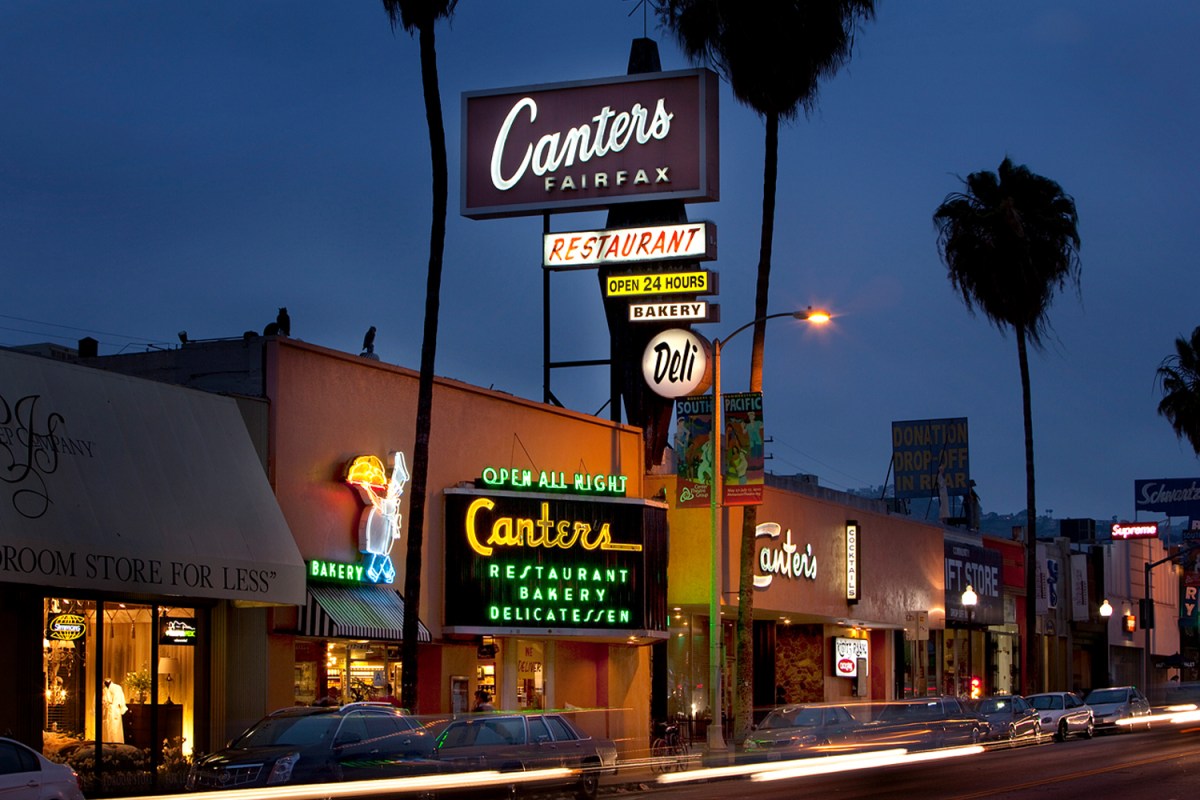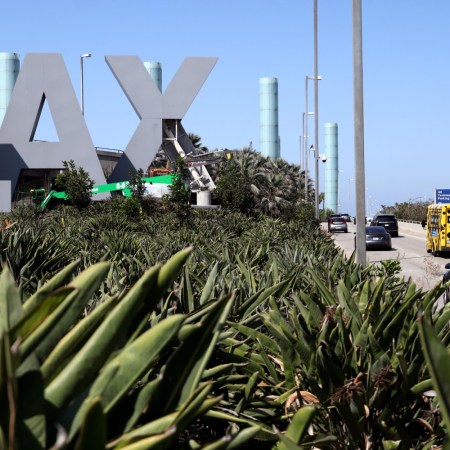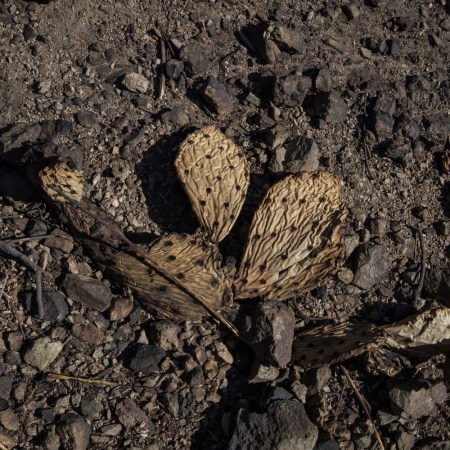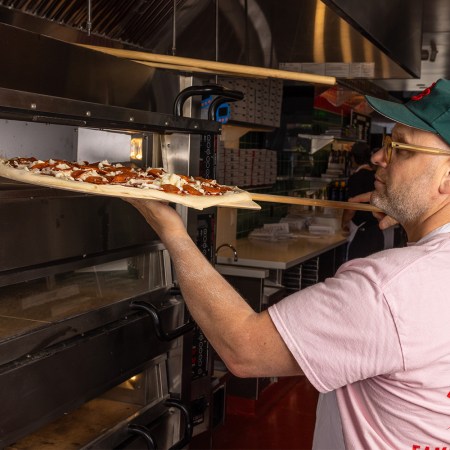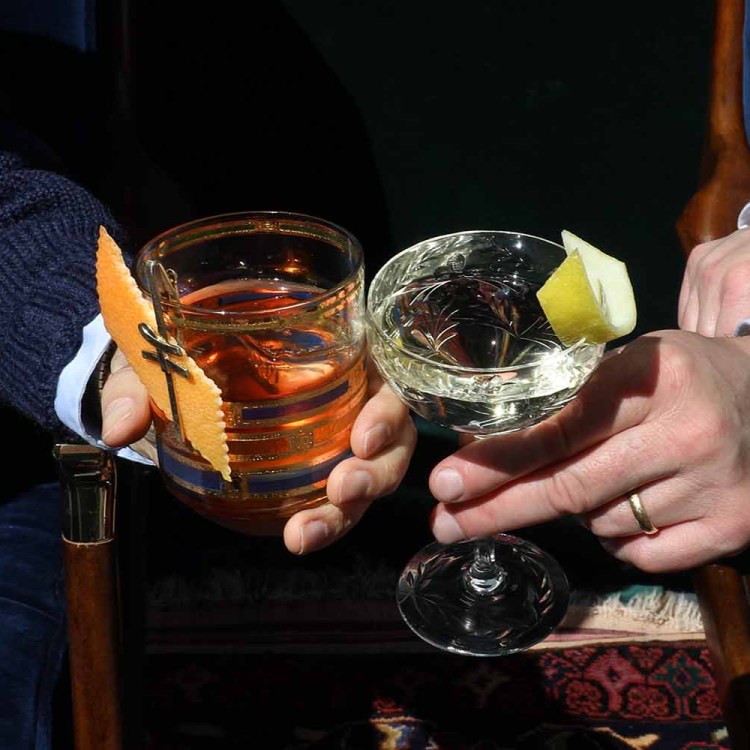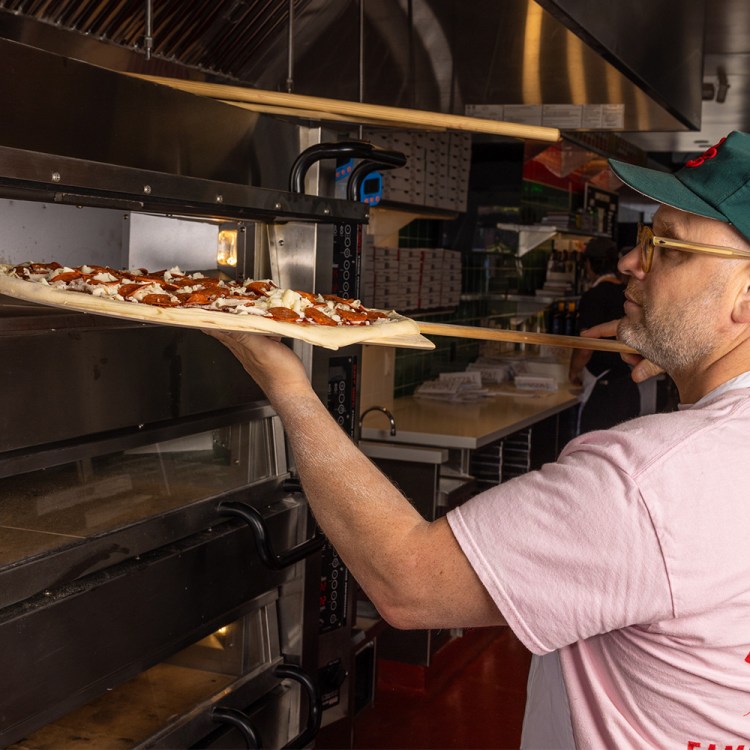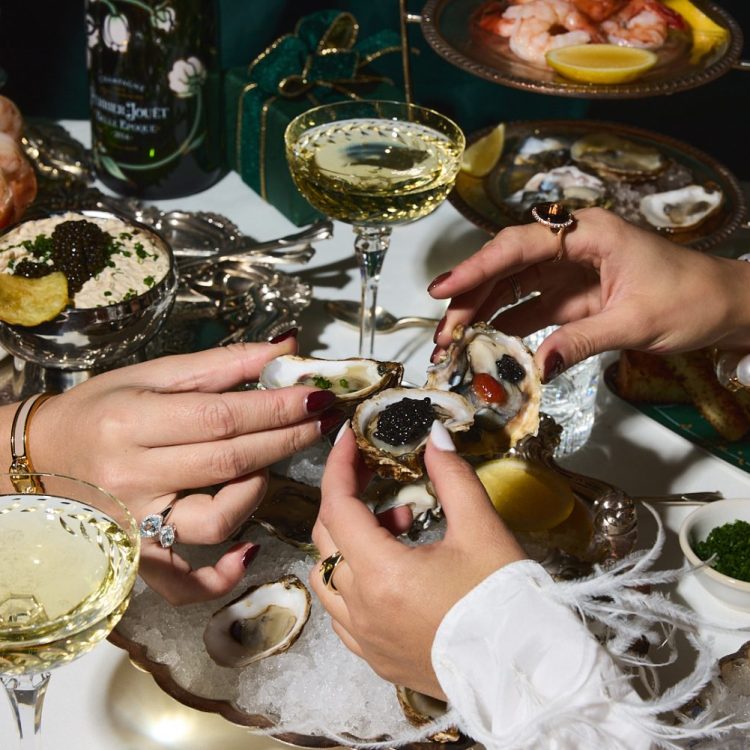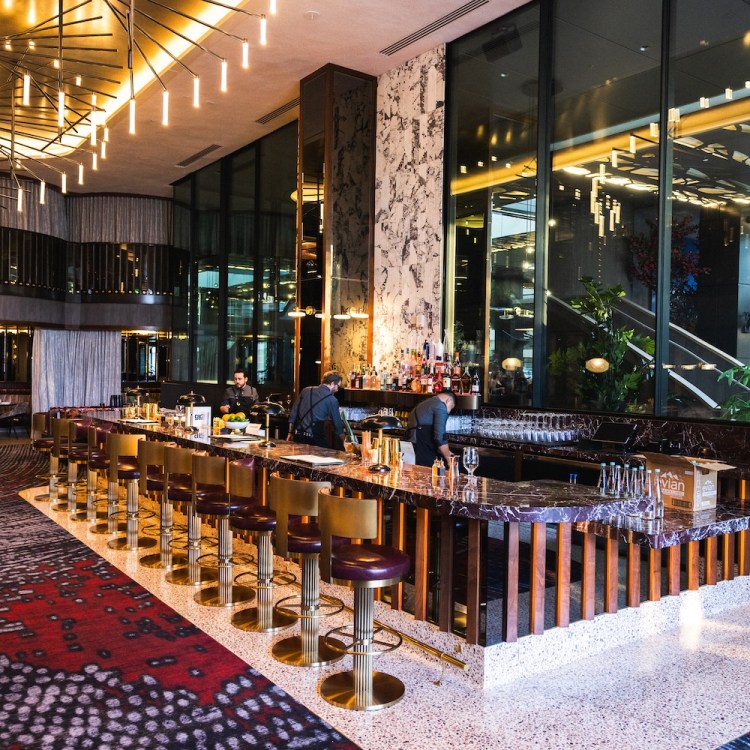“Have a matzah ball if you want to,” wails bluesman Chuck E. Weiss in the opening line to 1999’s Rocking in the Kibbitz Room (sic), one of the few mentions of the unleavened, Ashkenazic dumplings in the entire American songbook. His song tells the story of composing music, hanging with pretty girls, and eating kishka, all in the hopes of beating those Tuesday blues at the titular Kibitz Room — actually spelled with one “b” — where, as he explains, you’ll “be sittin’ ’round diggin’ all that rock ‘n’ roll music, and hangin’ with those hep cat Jews.”
The now world-famous Canter’s Deli has been serving matzah balls (and pastrami, corned beef, etc.) in Los Angeles in one form or another since 1931, and by 1953 it was in its current location in the Fairfax District. From the beginning it was naturally a draw for hungry music-industry night owls as it was open 24 hours a day and located close to the clubs dotting Sunset Boulevard.
“The Canter’s Reuben has a Pavlovian pull on musicians,” proclaimed Jessica Gelt in a 2011 Los Angeles Times piece.
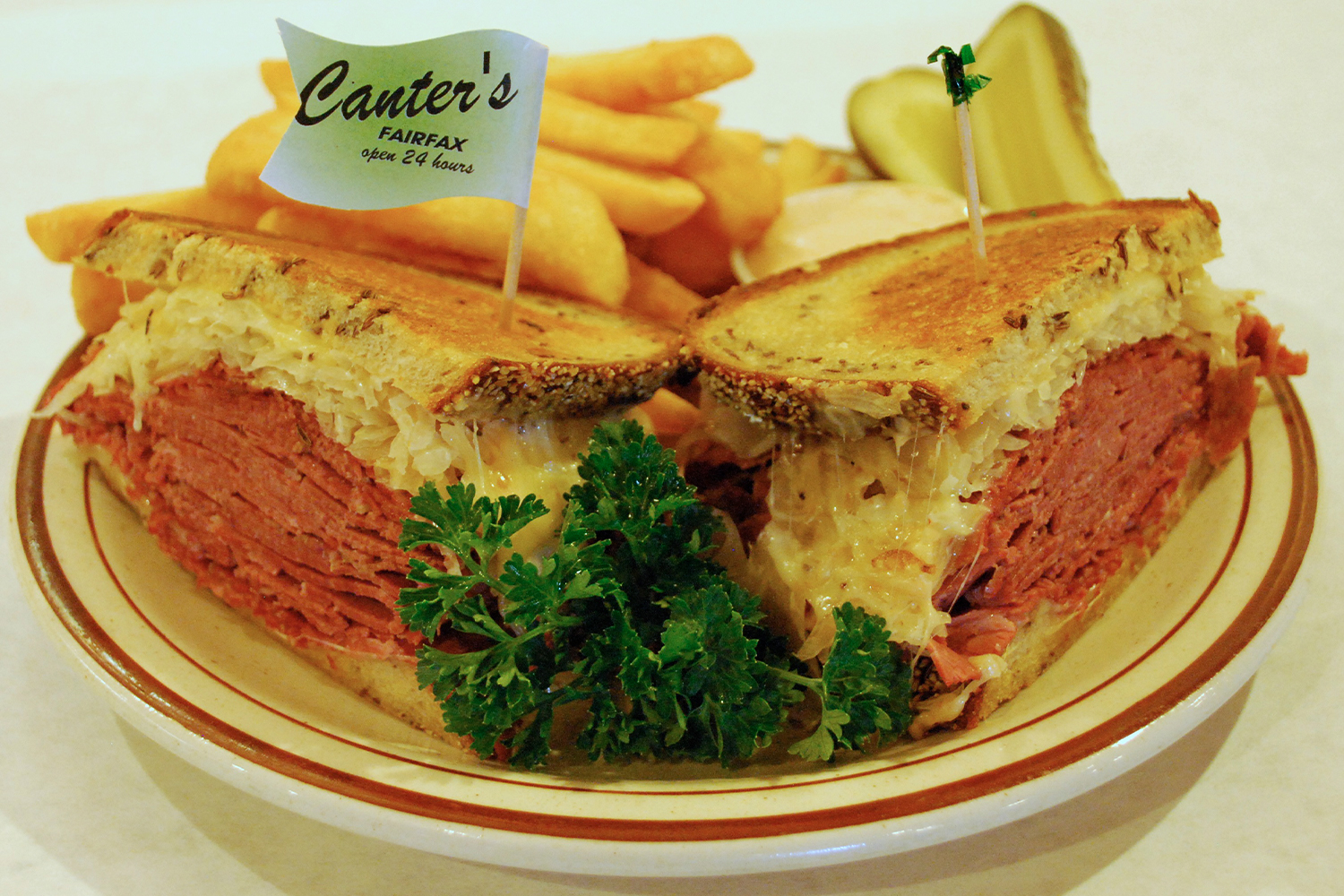
Indeed, such was its popularity with rockers, in fact, that an adjoining cocktail lounge called the Kibitz Room would be tacked on in 1961, in a space that had formerly been a candy store. And it would eventually become a mecca for live music in the city — not short on food analogies, in that same piece, Gelt would note that “Rock ‘n’ roll is to the Kibitz Room at Canter’s what onions are to chopped liver” — attracting a coterie of legends and aspiring legends, many of whom, yes, were Jewish.
“I always thought there was a stigma that Jews can’t be cool because they are Jews,” Weiss said in Scott R. Benarde’s Stars of David: Rock ’n’ roll’s Jewish Stories. And, yet, the Kibitz Room would eventually attract rockers of all faiths … and fame levels.
For the first 28 years of its existence, though, the Kibitz Room was primarily an overflow space from the main dining room. Counter-culture figures like Jim Morrison, Frank Zappa, and Lenny Bruce would drop by for cheap beers, but the room was often empty most hours of the day. “It’s the only quiet part of the restaurant,” joked Murray Sinclair in his 1988 book Goodbye LA, finding irony in the lounge’s name. (Allow me to Jew-splain to you that “kibitz” is Yiddish for, essentially, shooting the shit.) That would all change by the next year, when longtime waiter Eric Gold got permission for his jazz band to play the bar on Monday nights.
“When we started, the idea was to come off Monday Night Football and hold the bar crowd,” Gold explains. He’d grown up on the Manhattan bebop of the 1950s. “It didn’t turn out quite like that.”
Younger musicians from the neighborhood like Rami Jaffee were instead lured by the $1.30 beers and lack of a cover charge. (“I knew the Kibitz from high school when I used to ditch first bell,” claims Jaffee, also a Jew for what it’s worth.) For the rest of the week, though, the Kibitz Room was mostly desolate and even a bit depressing with its cork and rough wood walls and low-slung ceiling. On the empty stage, which was basically just a small ledge, Raffee and others would mess around, unwatched.
“The nights there was no music, we’d all climb around the piano with some beers,” he says. “No one was in there, and we’d sing all these great cover tunes.”
Eventually, Raffee, then playing with multiple bands in the city, asked Canter’s scion Marc Canter if he could organize something more formal on a Tuesday night. One-hundred people showed up to his first show, including Anthony Keidis and Lenny Kravitz, and the bar made a killing.
“The crowd was the kind of guys who wear chains on their wallets,” explained Canter back in 1994. “Biker types, but mellow.” He was stunned at how much money the Kibitz Room made, and he asked Jaffee if could do one the next week.
“We were all eating this free meal, and for a joke, I said, ‘Hey, for this meal, we’ll do it next Tuesday!’” claims Jaffee. “And then it just evolved.”
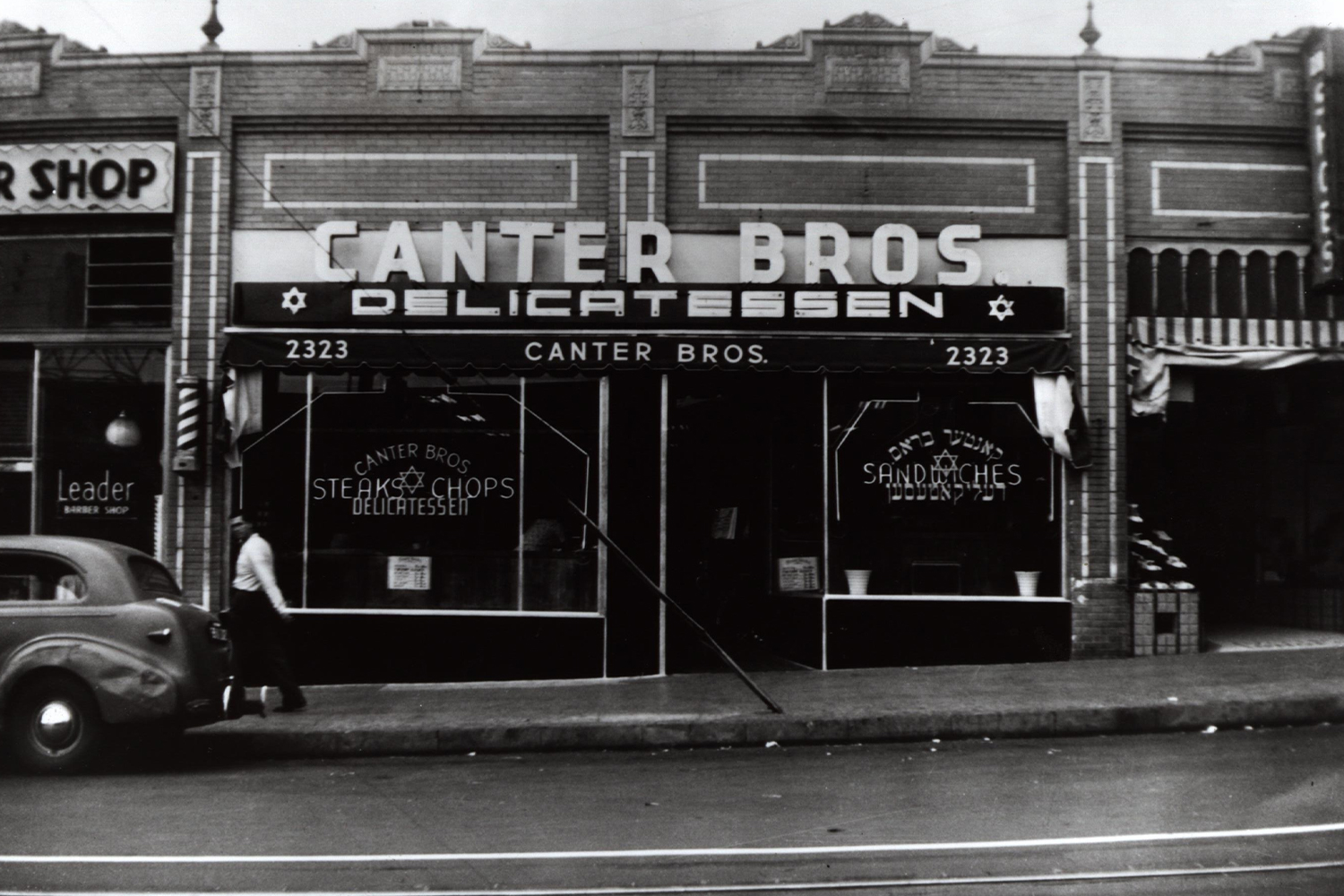
Soon the Tuesday Night Jam Session, as it was called, was regularly attracting four-hundred people to the Kibitz Room, crowding around the 10-seat L-shaped bar ordering drinks, cramming into the four black naugahyde banquettes to eat dinner, with stragglers overflowing into the dining room. With no cover charge, some audience members would literally mooch off the free entertainment, while others would nosh on club sandwiches and drink WMDs, a boozy red punch of unknown ingredients, which stood for “World’s Most Dangerous.”
“It was a total by-accident thing,” claims Jaffee. “I threw a party, and it evolved.”
It was also in the Kibitz Room, in 1990, where Jaffee first met Jakob Dylan. He was then playing in a band called the Apples, and word on the street was he looking for an organ player. One night, Jaffee went to Dylan’s car in the Canter’s parking lot to listen to the band’s demo tape — he was impressed. Raffee sat in on their next rehearsal and, after a ten-hour jam, was the new keyboardist for what would eventually be The Wallflowers.
And while noodlers like Gold — who some nights might play a few riffs on his tenor sax before sprinting back to the dining room to deliver a lox platter to his four-top — would continue to get stage time at the Kibitz, eventually more bold-faced names began appearing, too. The Kibitz has formally and informally hosted every one from Mick Jagger to Sting, Dave Navarro and other members of The Red Hot Chili Peppers, Fiona Apple, The Black Crowes, Rage Against The Machine, and even the late Rick James — no one ever gets paid, but they usually get a free bite afterwards.
“It’s a living-room atmosphere,” Canter says. “Every night turns into a jam session by 1 a.m.”
The most famous Kibitz regular over the years has probably been Slash. The half-Jewish guitarist was a childhood friend of Marc Canter, and Guns ‘n’ Roses literally formed in a booth at the deli. Today, a poster from Guns N’ Roses’s Permanent Vacation tour hangs to the side of the Kibitz stage and Slash still regularly drops by.
“The Kibbitz Room (sic) … has hosted too many great nights of music to name,” he claimed in his autobiography Slash.
Yet, even these days, it’s the less-famous musicians that keep the Kibitz strumming and keep live rock in Los Angeles evolving.
“We’ve been performing at the Canter’s Kibitz room with our collective, which is F.O.C.K.R.s (Friends of the Canter’s Kibitz Room) since the early ’90s,” says Morty Coyle, singer with the band All Day Sucker. Coyle and his bandmate Jordan Summers were critical in turning the Kibitz Room into a Tuesday night mecca for the city. “We felt like it was a little scene almost like Greenwich Village in the ’60s.”
Pandemic notwithstanding, there is (or, was) something going on at the Kibitz Room every night of the week. Cabaret singer Tina Stevens has a residence on Wednesdays. Sunday nights offer The Rock & Roll Circus. Last year they even added comedy shows hosted and organized by Ester Steinberg; big name comics such as Bill Burr and Jeff Ross have made appearances, though it’s mostly up-and-comers. The Kibitz remains mostly about the music, though, fueled mostly by acts you might not have even heard of yet, like Russian Bones.
“I don’t know why, but even after I’d toured the world, I never wanted to play the Roxy, the Viper Room or the Whisky,” Chris Watson, the band’s singer, claims. “I wanted to play the Kibitz Room.”
Novelist Aaron Goldfarb lives in Brooklyn and is the author of Hacking Whiskey. His writing has appeared in Esquire, Playboy and more.
This article was featured in the InsideHook LA newsletter. Sign up now for more from the Southland.
